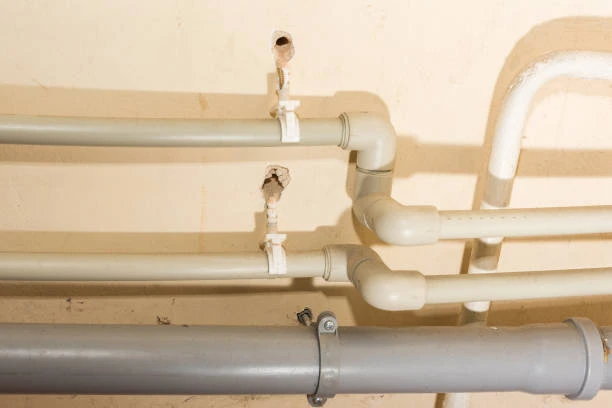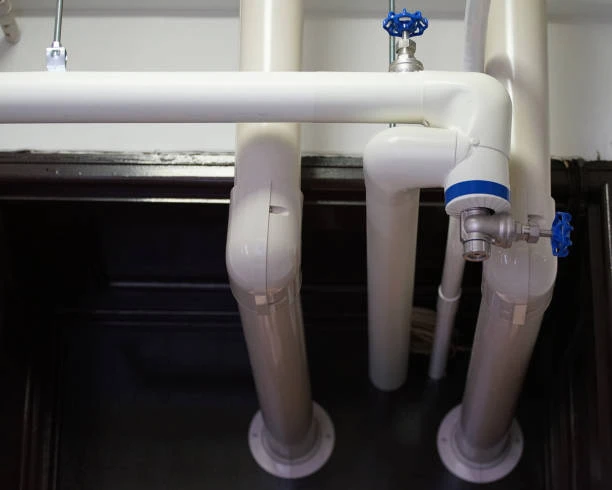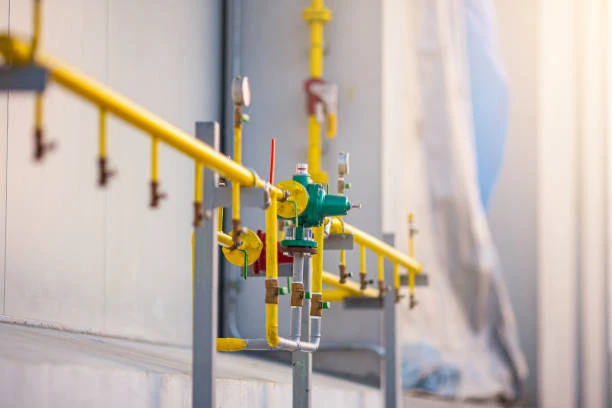Eco-Certifications: Sustainability Benefits of PEX Piping
In an era where environmental consciousness influences every industry, building and plumbing professionals are increasingly looking for solutions that offer both performance and sustainability. One such solution gaining attention is PEX pipe hot water systems. With its durable material, long service life, and energy-efficient design, PEX piping contributes significantly to green building practices.
This article explores the eco-friendly benefits of PEX piping systems, focusing on hot water applications. From eco-certifications to industry use cases and comparative advantages, we cover everything you need to know about integrating PEX into a sustainable plumbing strategy.
Frequently Asked Questions (FAQ)
1. What makes PEX piping eco-friendly?
PEX piping requires less energy to manufacture than copper or steel and reduces water and heat loss during usage. Its long lifespan also means fewer replacements over time.
2. Can PEX piping be recycled?
While cross-linked polyethylene (PEX) is not widely recyclable like traditional plastic, some manufacturers offer take-back or recycling programmes for offcuts and unused pipe.
3. Is PEX safe for hot water use?
Yes, PEX pipe hot water systems are specifically designed to withstand high temperatures and pressure, making them ideal for domestic and commercial applications.
4. Do PEX pipes help reduce energy consumption?
They do. Thanks to their low thermal conductivity and smoother inner walls, PEX pipes reduce the energy required to maintain water temperature and improve flow efficiency.
5. Are there environmental certifications for PEX pipes?
Yes. PEX piping often meets or exceeds standards such as NSF/ANSI 61, ISO 15875, and can contribute to LEED points in green building projects.
Understanding PEX Pipe Systems: Definition and Key Characteristics
PEX (cross-linked polyethylene) is a flexible plastic pipe used in plumbing and heating systems. It has become a preferred alternative to copper and PVC due to its versatility and thermal resistance.
Key Characteristics of PEX Pipe for Hot Water:
Temperature Tolerance: Operates reliably up to 95°C, making it ideal for hot water lines.
Flexibility: Allows easier installation with fewer fittings.
Scale and Corrosion Resistance: Maintains performance in hard water or chemical exposure.
Low Thermal Conductivity: Helps retain heat, improving energy efficiency.
Durability: Withstands freezing and high pressure without cracking.
These qualities make PEX an excellent choice for sustainable hot water systems in both residential and commercial settings.
Common Applications and Industries
PEX piping systems are widely used in various sectors, especially where hot water delivery and energy efficiency are important.
Primary Application Areas:
Residential Plumbing: Hot and cold water distribution in kitchens, bathrooms, and laundry areas.
Commercial Buildings: Offices, schools, and hotels benefit from easy retrofits and energy savings.
Radiant Floor Heating: PEX is a key material in underfloor heating systems.
Healthcare Facilities: Safe water supply systems that maintain temperature stability and hygiene.
Industrial Installations: Where hot water and thermal resistance are required.
Its flexibility and ease of installation allow PEX to be integrated into new constructions and retrofits without complex rerouting or additional labour.
Buying Guide: Choosing Sustainable PEX Piping
If you’re looking to install or upgrade a PEX pipe hot water system with sustainability in mind, here are some key factors to consider:
1. Material Type
PEX piping comes in three main types:
PEX-a: Highest flexibility and resistance to cracking; ideal for high-demand systems.
PEX-b: More rigid but still suitable for standard hot water systems.
PEX-c: Manufactured using radiation; eco-friendly and cost-effective.
2. Certifications
Look for pipes with certifications that confirm sustainability and safety:
NSF/ANSI 61: Safe for drinking water.
ISO 15875: International standard for PEX piping systems.
LEED Contribution: Products that can help earn LEED certification points.
WRAS Approved: For UK-specific installations.
3. Colour Coding
Red: Commonly used for hot water lines.
Blue: For cold water.
White or Grey: Suitable for general use.
Using colour-coded pipes simplifies maintenance and inspection.
4. Pipe Size
PEX pipes for hot water systems are often sized between 16mm and 32mm. Choose based on flow requirements and system type.
5. Trusted Brands
Stick to reputable manufacturers like IFAN or Starwin that provide technical specifications, warranty coverage, and full compliance with global standards.
Installation Guidelines for PEX Pipe Hot Water Systems
Installing PEX piping is relatively straightforward, but following certain best practices ensures safety and longevity.
Best Installation Practices:
Use Correct Fittings: PEX requires specific connectors (crimp, press, or push-fit types).
Avoid UV Exposure: PEX is not UV-resistant, so avoid long-term outdoor exposure unless protected.
Support and Spacing: Support horizontal runs every 60–80cm to prevent sagging.
Flush System Before Use: This removes debris and manufacturing residue.
Thermal Expansion Consideration: PEX expands with heat; allow for slack or loops in long runs.
Proper installation contributes to energy efficiency and extends the service life of the system.
PEX Pipe vs Traditional Pipe Materials: A Sustainability Comparison
Below is a side-by-side comparison of PEX pipe hot water systems and other commonly used materials from a sustainability and performance perspective.
| Feature | PEX Pipe Hot Water | Copper Pipe | PVC Pipe | Galvanised Steel Pipe |
|---|---|---|---|---|
| Energy to Manufacture | Low | High | Medium | High |
| Heat Retention Efficiency | Excellent | Good | Poor | Moderate |
| Corrosion Resistance | Excellent | Poor in acidic water | Low | Low |
| Installation Complexity | Low | High | Medium | High |
| Flexibility | High | None | Low | None |
| Life Cycle (Years) | 40–50 | 50+ | 20–30 | 30–40 |
| Recyclability | Limited | Fully recyclable | Partially recyclable | Recyclable |
| LEED Contribution Potential | Yes | Yes | Minimal | Minimal |
While copper offers strong recyclability, it has a higher energy cost and more complex installation. PEX strikes a balance between performance, ease of use, and sustainability, especially in energy-efficient buildings.
Summary
The growing focus on sustainable construction and energy-efficient infrastructure makes PEX pipe hot water systems a leading choice for eco-conscious developers, architects, and facility managers. Not only does PEX reduce energy loss and environmental impact, but its long service life and installation efficiency also contribute to lower lifecycle costs.
From residential projects to large-scale commercial installations, PEX provides a flexible, safe, and sustainable alternative to traditional piping materials. With proper certification and installation, it serves as a vital component of modern green building practices.
Contact Us
IFAN is a trusted Chinese manufacturer with over 30 years of experience in the production of plastic pipes, fittings, and valves. We offer a wide variety of PEX, PPR, and ALPEX systems that meet international eco-certification standards and perform reliably in hot water applications.
For more information,pls visit our webside https://waterpipefitting.com/
Pls Mailto: [email protected]
Whatsapp: +86 15088288323
We respond to all enquiries within 24 hours. Whether you need technical documents, quotes, or product guidance, our team is ready to support your needs.














Recent Comments